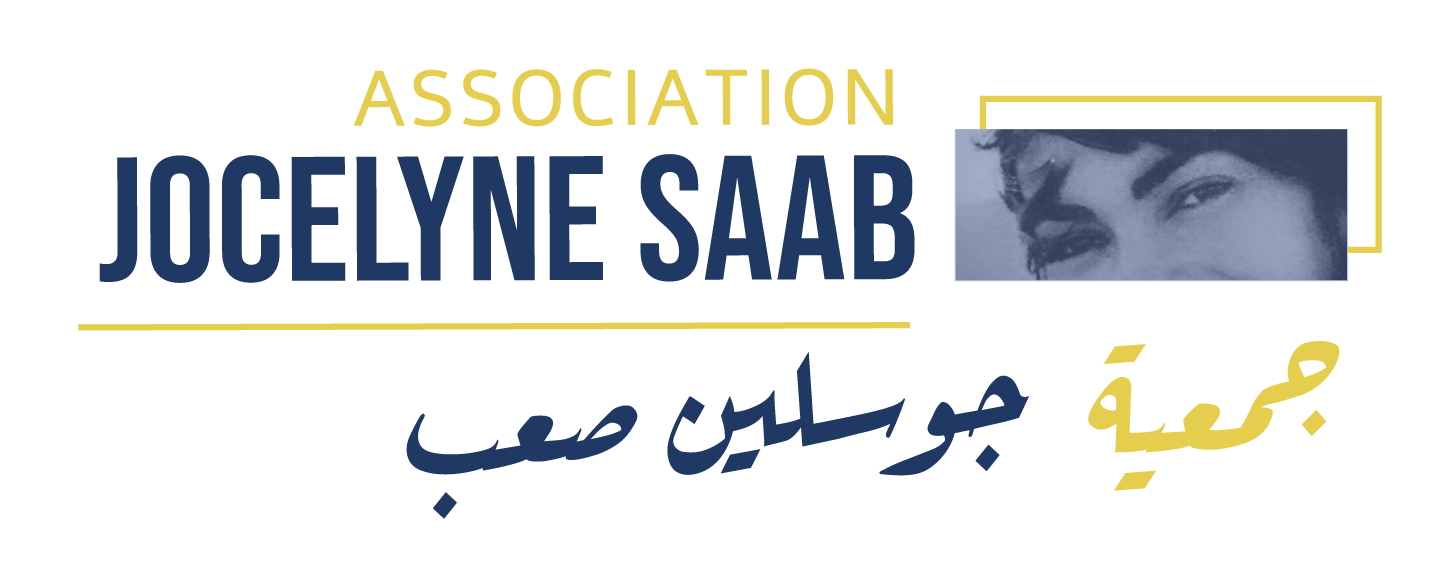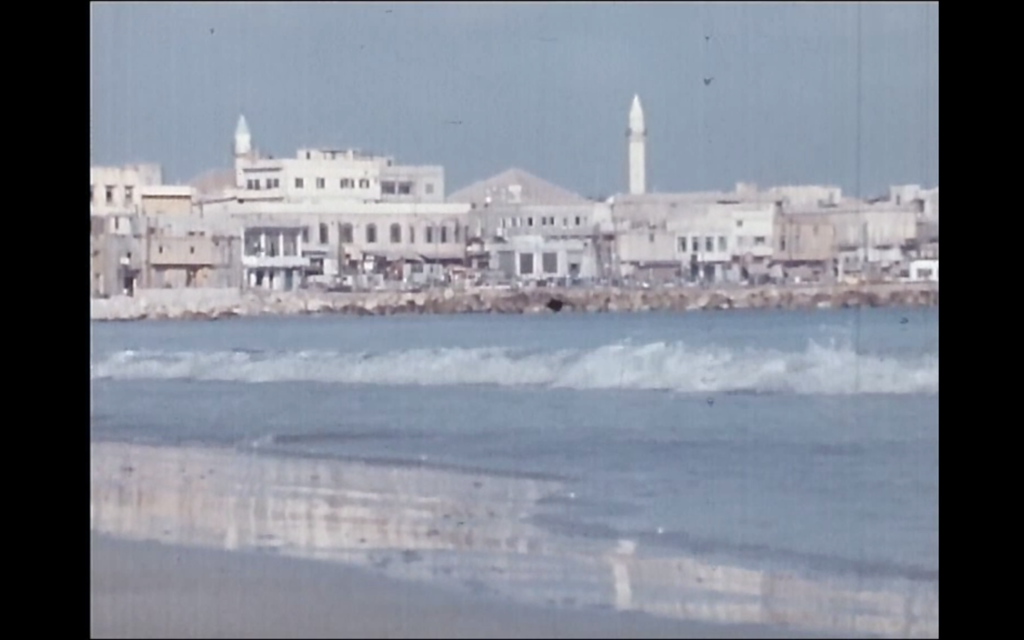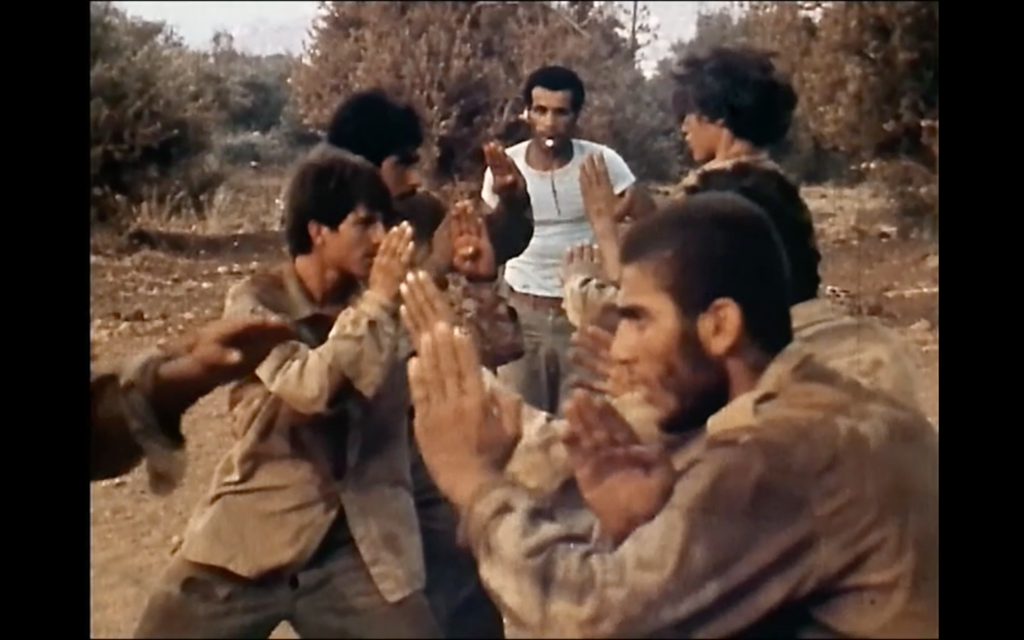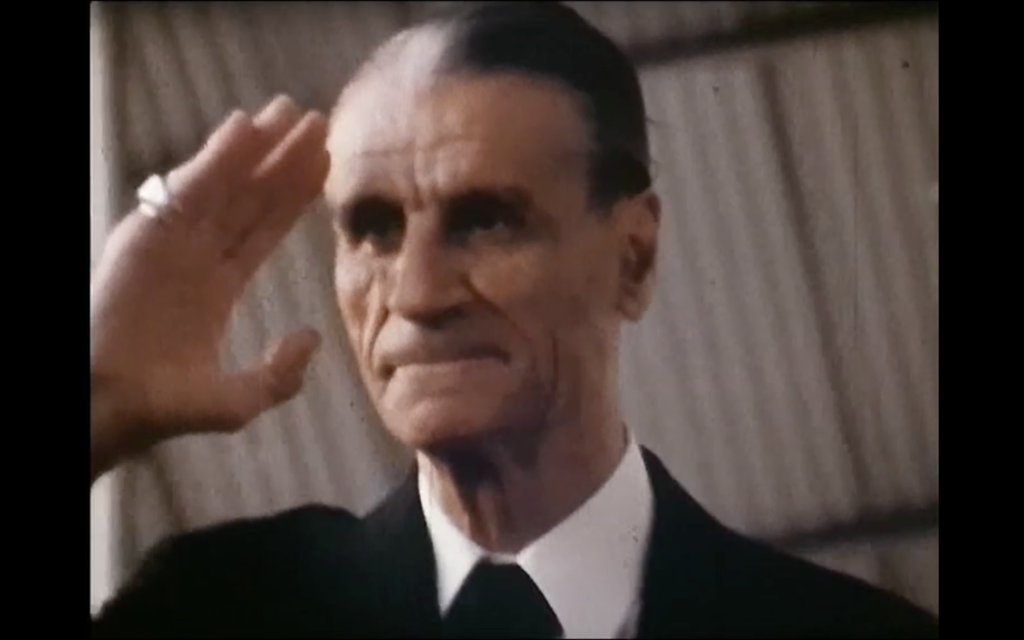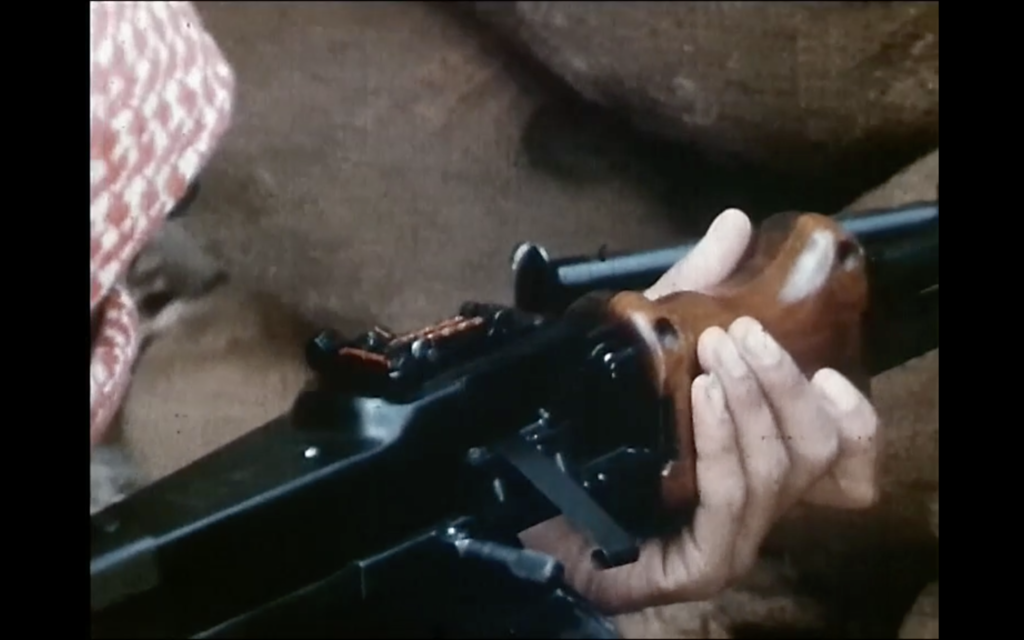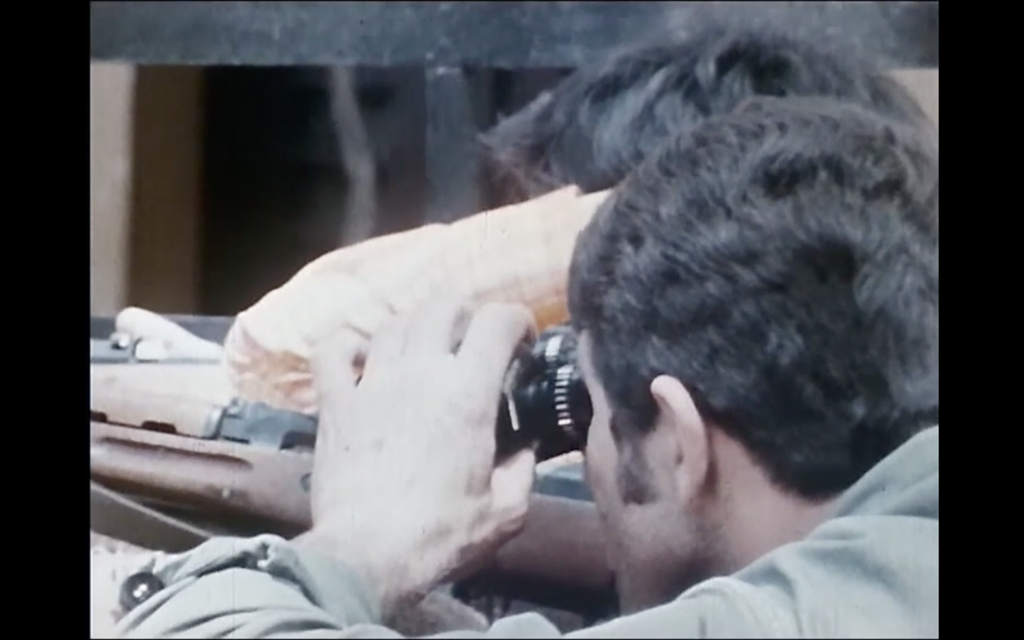Synopsis
Months after the incident on April 13th 1975, during which Palestinian civilians were gunned down by the Phalangist militia, the numbers are even more horrifying: 6,000 dead, 20,000 injured, daily kidnappings and a capital city half destroyed. This film, a unique documentation of the Lebanese Civil War, goes back to the origins of the conflict as seen by a society that went to war singing and with their heads held high.
During the period in which I started to work as an independent filmmaker, after having worked for different television companies (French, Lebanese) as a sort of apprentice, the Lebanese Civil War started (1975). I knew that it was at the same time the end of an era and of a country, and I wanted to recount that by taking a path that was absolutely not a militant one, even if some people said that it was, perhaps as a result of the clumsiness of my explanations. I don’t believe in militant films because they are addressed to a category of people who are already convinced, and I, by contrast, wanted to gain the interest at wider groups.
